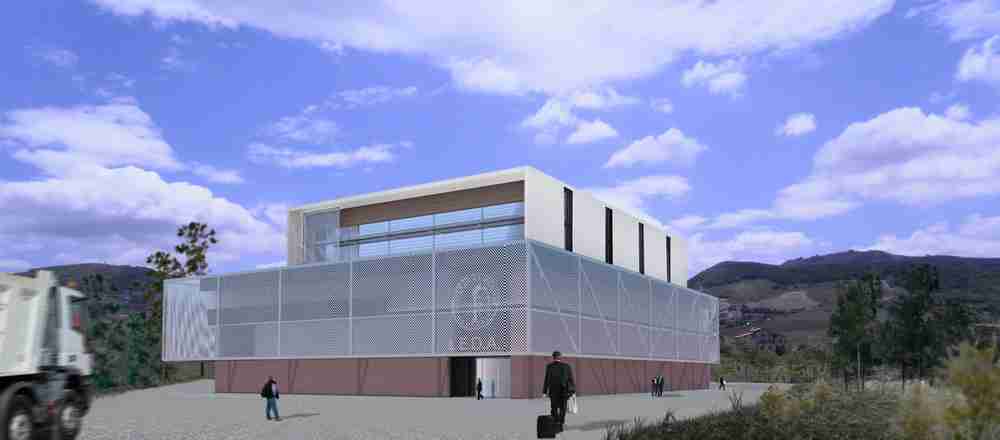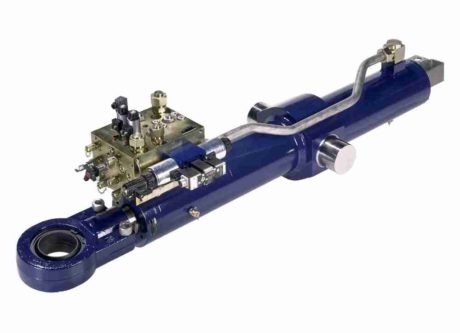Thanks to the collaboration between Bosch Rexroth and Enna University, soon in Italy one of the biggest seismic simulators in Europe.

In 2014 at the Enna University, researchers and engineers will give birth to “Kore”, one of the most advanced laboratories in Europe of experimental dynamics and earthquake engineering, thanks to the collaboration between L.E.D.A.- Laboratory of Earthquake engineering and Dynamic Analysis – and Bosch Rexroth.
LEDA Research Centre was established thanks to the funding, amounting to 10,750,000 Euros, allocated by the National Operational “Research & Competitiveness” of the Ministry of Education, University and Research. It will work at the dynamic analysis in general and in particular at the analysis of civil structures undergoing seismic stresses.

The two seismic simulators
Bosch Rexroth Italia, winner of the tender for equipping and fitting out the whole laboratory of experimental research for an amount of 5 million Euros, will take care of the design and implementation of two seismic simulators, that’s to say vibrating tables, able to reproduce the accelerations of the ground in most of the seismic events recorded in the world.
On each of the vibrating tables it will be possible either to implement small-or real- scale models for the seismic analysis or to position devices for the mitigation of the seismic risk in order to perform qualification operations. To achieve a complete setup and an adequate arrangement of components, Bosch Rexroth has carried a study on the different layouts of the vibrating tables as well as an analysis of their possible motions and load typologies. Actually, the function of these two simulators consists in the faithful reproduction of the acceleration profiles registered during real earthquakes occurred in the world, in order to study and to implement systems improving the safety of civil structures.
The dynamics lab equipment will be completed by two additional vibrating tables with much smaller sizes than those mentioned before but able to operate at high frequencies. These vibrating benches will permit a development of the research in several strategic ambits other than the civil one, like the fields of the transport, aeronautics, environment, energy and defence industry.
The Strong Wall
In L.E.D.A. a 14-metre high Strong Wall will be also available for pseudo-dynamic tests, with which, thanks to a series of cutting-edge hydraulic actuators developed by Bosch Rexroth, it will be possible to execute tests on structural components and on real-scale structures in static or pseudo-dynamic field. Therefore, it will be possible to carry out theoretical-experimental studies of construction design methods, quantifying the reliability of the relative calculation models as proposed in the state-of-the-art regulatory codes.



